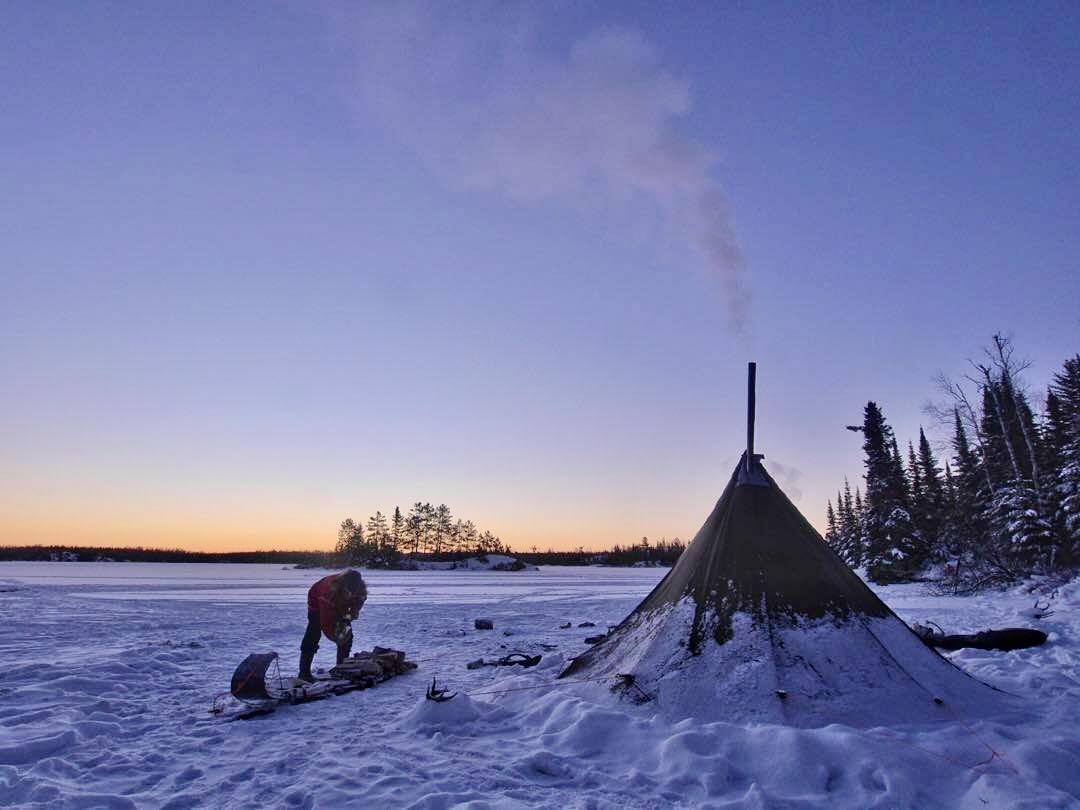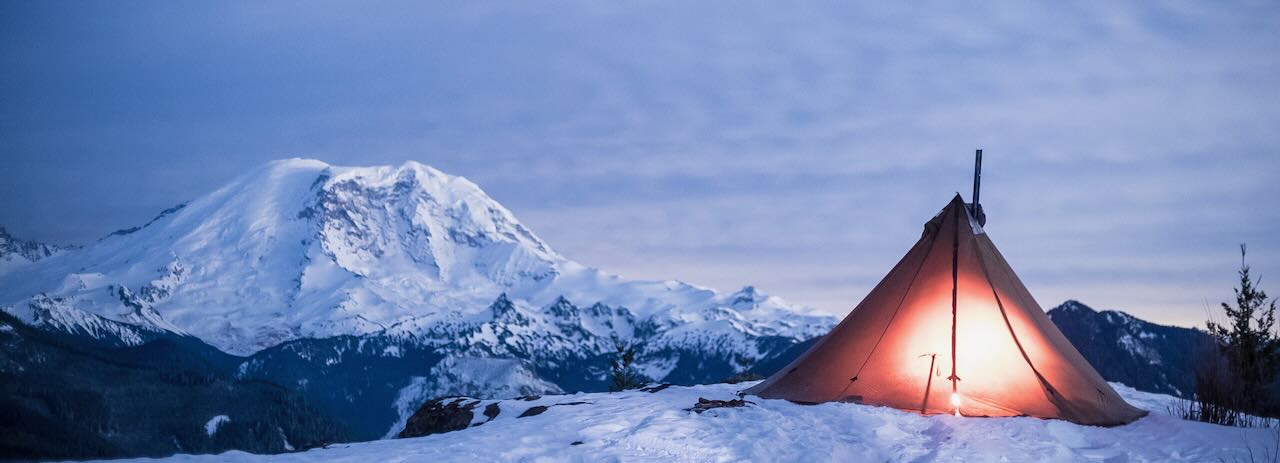Hot Tent and Wood Stove Picks for Winter Snow Camping
Posted by Kevin on 14th Sep 2024
Why Go Winter Camping?
Winter camping offers a unique experience, whether you're seeking adventure, solitude, or the chance to improve your outdoor skills. From enjoying pristine snow-covered landscapes to testing your limits in challenging conditions, the rewards can be immense. If the idea of cold weather and snow-covered nights sounds intimidating, it might be better to stick to summer adventures. However, with proper preparation, you can stay warm, comfortable, and even indulge in a bit of luxury. The peace and solitude of winter camping, combined with breathtaking night skies, are well worth it.
Plus, pulling a sled allows you to bring extra gear, including plenty of hot chocolate and perhaps some whiskey. Pro Tip: Have everyone declare their alcohol at the trailhead to avoid overpacking—on one of my trips, everyone brought a surprise bottle of whiskey, leading to quite the spirited experience!

What is the Best Time to Go Winter Camping?
When we talk about winter camping, we're referring to conditions where snow is present. While the southern regions of the U.S. don't often have significant snowfall, campers there still face short days and the possibility of cold weather, though it's less likely to be below freezing.
In places like Colorado, snow is typically hard-packed and difficult to pitch a tent in until it consolidates around February. Before that, you might need to dig down to the dirt for better anchoring. In coastal areas, snow is often more compact and easier to work with.
For tips on staking and anchoring in snow, check out this helpful video.
What's the Difference Between a 3-Season and a 4-Season Shelter?
A 4-season shelter is designed to handle more extreme conditions. It typically features a solid inner wall that extends closer to the ground, which helps block blowing snow and reduce frozen condensation. In shelters with wood stoves, this solid inner wall can also help retain a bit more warmth.
That said, don't expect tropical temperatures—if you open the shelter door, it will quickly become as cold as the outside!
Do You Really Need a 4-Season Shelter?
If you're an ultralight camper or already have a solid kit, you might not need a 4-season shelter. You can manage blowing snow by building a small snow berm around your tent or selecting a sheltered campsite. Condensation can be wiped away, and if you're only camping for a couple of nights, a quality sleeping bag shell or a bivy sack will usually provide enough protection.

What are the Best Hot Tent and Wood Stove Combos for Winter Camping?
The ideal tent and stove depend on your goals, transportation method, and desired level of comfort. Most tents in the Seek Outside line can be used for winter camping, but some options offer more comfort than others. Let's break it down:
Comfortable Camps
These options provide plenty of standing room and comfort for extended stays:
- 12-Person Tipi, Stove, and Liner Bundle
- 8-Person Tipi, Stove, and Liner Bundle
- Courthouse 3P (Sized for Cots)
Functional Camps
These are smaller and lighter but still offer enough space for comfort. With a little digging, they can create cozy winter setups that are easier to relocate:
- 6-Person Tipi, Stove, and Liner Bundle
- Redcliff Light, Stove, and Liner Bundle
- Cimarron Light, Stove, and Liner Bundle
- Twilight Stove and Floor Bundle
Fast and Light Camps
These setups are ideal for those who prioritize portability. The Guardian and Silex models even offer tent inners that are near 4-season, featuring mostly solid fabric:
Winter camping can be a beautiful, rewarding adventure if you're well-prepared with the right gear. Whether you're looking for maximum comfort or a fast and light setup, there's a tent and stove combination to suit your needs.
Further reading: Explorers Dave and Amy Freeman spent a year in the BWCA wilderness. They used a Seek Outside 8 person all winter. Their book can be found below.
…